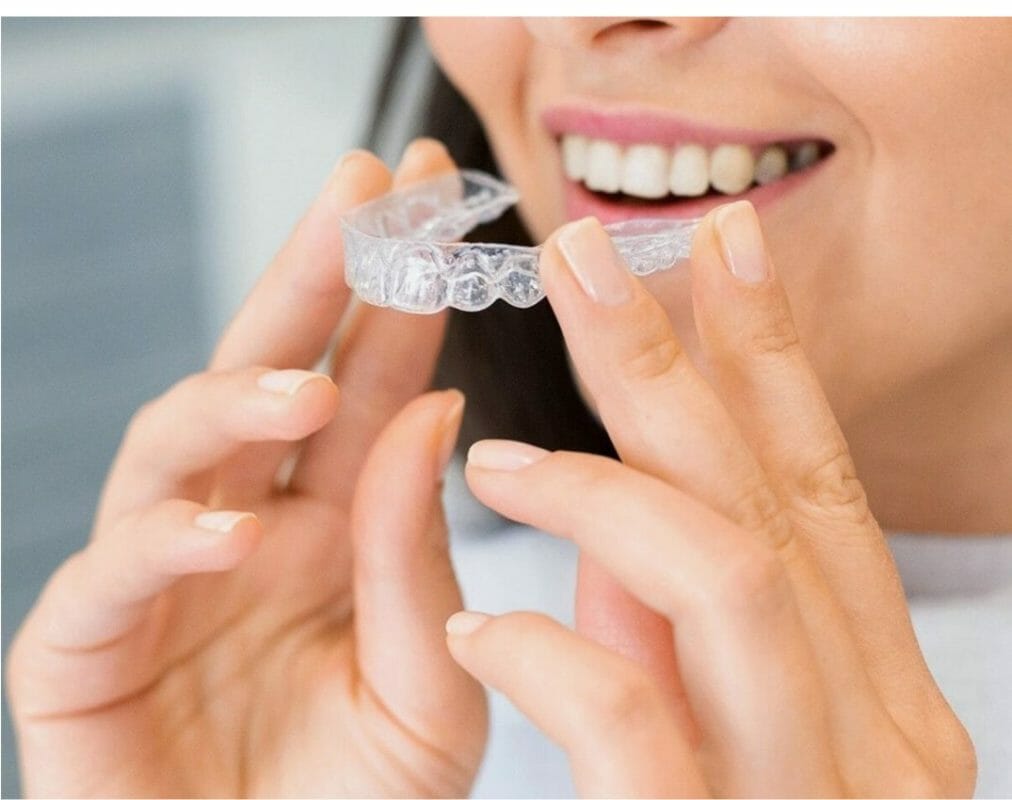Navigating the world of dental health can often lead to questions about expenses, particularly when considering treatments like Invisalign. The Invisalign cost can vary, and understanding how to manage these costs can be crucial in making an informed decision.
There are several avenues to explore, from personal insurance plans to financial tools like in-house no-interest-interest financing plans. This guide aims to shed light on some of these strategies, offering insights on how you might better understand your coverage and effectively manage the cost of Invisalign procedures. Read on to learn all the details.
Insurance Coverage for Invisalign Cost
Start managing the Invisalign cost by consulting with your insurance provider. Many insurance plans offer partial coverage for Invisalign treatments.
A detailed conversation with your insurance provider is essential to understand your extended coverage fully. Doing so, you can better understand how your insurance plan can assist with the costs associated with Invisalign procedures.
In-House No Interest Financing Plans
Many dental practices offering Invisalign treatments provide in-house financing plans that allow you to spread the cost over a specific timeframe. These plans usually require an initial payment, followed by monthly payments.
The terms and conditions vary, so discussing all specifics with your dental office before deciding on a plan is crucial. This approach can make managing the Invisalign cost more budget-friendly.
Full Payment with a Courtesy Discount
To manage the Invisalign cost more effectively, some clinics may offer a courtesy discount for upfront payments. This option can significantly reduce the overall cost of Invisalign treatment, making it a more affordable solution for those who can afford to pay the entire amount at once.
Automatic Credit Card Payments
Automatic credit card payments can be another feasible option for managing the Invisalign cost. Some clinics may offer the convenience of setting up automatic credit card payments, allowing the treatment cost to be spread out over several months or even years. This option can provide a more manageable and predictable payment schedule, making it easier to budget for the treatment.
Frequently Asked Questions
Q1: Does dental insurance typically cover Invisalign?
A: It varies from one policy to another. Some dental insurance plans cover Invisalign, but it’s essential to check your policy.
Q2: How much of the Invisalign cost does insurance cover?
A: This also varies by policy. Some insurance providers may cover a percentage of the cost, while others may pay a fixed amount.
Q3: Can I use an FSA or HSA for Invisalign?
A: Generally, funds from FSAs and HSAs can be used to pay for Invisalign treatment.
Q4: Can personal insurance plans help with Invisalign costs?
A: Personal insurance plans can sometimes offer better coverage for treatments like Invisalign compared to employer-provided insurance.
Q5: Is there a way to maximize my insurance coverage for Invisalign?
A: One strategy is to time your treatment to take advantage of annual maximums and lifetime orthodontic benefits. Starting treatments late in the year can allow splitting costs across two calendar years, maximizing insurance benefits.
Navigating Invisalign Costs: A Summary
In conclusion, although the initial Invisalign cost may seem daunting, numerous financing options are available to make it more manageable. Whether you opt for insurance coverage, in-house no-interest financing plans, full payment with a courtesy discount, or automatic credit card payments, the key lies in conducting thorough research and choosing the best option suited to your financial circumstances.
Remember, investing in your smile is a decision that can yield returns in the form of confidence and joy for a lifetime. We trust this information has been beneficial, and we appreciate your time reading it.
